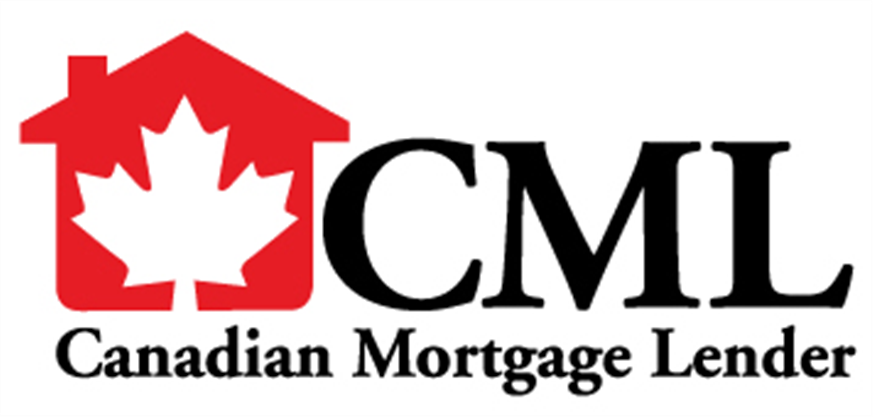
Garth Lyon
Why your neighbour's kid is getting a better mortgage rate than you
11/15/2018
THINK OUTSIDE THE BOX: Ted Rechtshaffen: The government has effectively decided to support home buyers who do not necessarily have the funds to buy a house
I used to think paying down debt and having a good credit rating would reward me.
Then I went to renegotiate my mortgage and was told that my five-year fixed mortgage rate would be 3.84 per cent. I thought that was pretty good until the neighbour’s 27-year-old kid told me the rate on his mortgage was 3.39 per cent for the same term.
Wait. What?
How did that kid get such a great mortgage while I’m paying an extra 0.45 per cent a year?
The answer is that in 2018, he is a much better credit risk for the bank. This may not make sense on the surface, but let me explain how crazy our mortgage system has become. From the bank’s perspective, they would rather lend to someone who put down very little but had their loan guaranteed by the Canadian Mortgage and Housing Corporation (CMHC), than to someone borrowing $300,000 on a $1.5 million house with no insurance or guarantee on the payment of that mortgage.
Now, it is true that in order to qualify for the low mortgage rates you would have to pay a one-time insurance payment to CMHC or another Insurer. At the moment, this insurance cost is usually a little more than the mortgage rate benefit of getting a lower rate for a low down payment, although there have been times this year, when it was actually better to pay for the insurance and get a much cheaper mortgage.
To understand how we got here, let’s start with the concept of an insured mortgage, an insurable mortgage and an uninsurable mortgage. These terms are key in 2018 to understanding the mortgage-rate mayhem.
Today, an insured mortgage is one where the value of the home is under $1 million, the down payment is less than 20 per cent, the amortization period is at a maximum 25 years, and the home is not a rental property. A person in this scenario can get a rate as low as 3.39 per cent on a five-year fixed mortgage. The borrower pays the mortgage default insurance premium. Mortgage insurers in Canada are CMHC, Genworth and Canada Guaranty.
An insurable mortgage is one where the value of the home is under $1 million, the homeowner puts down more than 20 per cent of the purchase price and the amortization period must be a maximum of 25 years. This person can get a rate as low as 3.74 per cent on a five-year fixed mortgage. The rate is higher as most lenders are insuring these mortgages at the lender’s cost. In other words, the lender is paying the mortgage default insurance premium instead of the borrower.
An uninsurable mortgage covers everything else, but is often simply one where the value of the home is more than $1 million. It also includes refinancing an existing mortgage or equity takeouts (meaning borrowing more to take some cash out of your home), or an amortization period up to 30 years. This person can get a rate as low as 3.84 per cent on a five-year fixed mortgage. The rate is the highest of the three scenarios as the lender cannot acquire default insurance for these mortgages.
(The bank) would rather lend to someone who put down very little but had their loan guaranteed by CMHC
According to Walter Lee, director of business development at First Financial Inc., the person in better financial shape, and with an uninsurable mortgage is facing one more hurdle they didn’t expect.
“Not only are these types of clients facing higher rates, but the renewal rates they receive from their current lender are less competitive than before, because the lender knows that you will face a stress test if you go elsewhere,” said Lee.
By stress test, Lee is referring to the new rule whereby you must qualify for a mortgage based on a formula that assumes you are borrowing at a rate two per cent higher than the actual rate you have negotiated or the Bank of Canada Qualifying Rate — whichever is higher. These days the Bank of Canada Qualifying Rate is 5.34 per cent. While this stress test may not really affect those with high income and good credit, for many people it is restricting the funds available to them to buy a house. With less credit comes lower house prices.
Based on these rules, is it any surprise that more expensive homes are suffering the most in terms of price decreases?
According to Lee, “clients often are shocked at the rate difference. They say ‘You are telling me I can get a better rate to put down less?’” Not only that, but many irst-time buyers say that they are not going to wait another year to save up more, when they think mortgage rates will be higher in a year. Essentially, the message to them is put down less and buy today.
Most people in the market for (a $1 million house) can't purchase it without a mortgage. … with higher rates, they're less likely to pay as much for it.
The government has effectively decided to support home buyers who do not necessarily have the funds to buy a house. This may get me in trouble but why do we want this at this stage of the housing cycle with increasing rates? Don’t we want people to buy a house when they can afford to do so? Especially now?
On the other end of the spectrum, what about the person who has no mortgage but owns a house worth more than $1 million. Even without a mortgage, there is clearly a challenge for them. Most people that are in the market for that house can’t purchase it without a mortgage. Because they are now facing a higher rate on their borrowing cost, they are less likely to pay as much for that house. More importantly, because they can get less total credit from a lender, they are less likely to pay the asking price. The big crime is that this person owns a house worth over $1 million.
The current mortgage environment is a prime example of how politicians have decided to interfere with the natural market and the result is some very strange rules that make winners of the banks and put higher costs on those who should have the lowest costs in a free market system.
Whether it is right or wrong, the end result is a situation that is built in Ottawa and the provincial capitals. It is one that has become misaligned in terms of borrowing costs and borrower risk. In the lending world, that is almost never a good situation.
Ted Rechtshaffen is president and wealth advisor at TriDelta Financial, a boutique wealth management firm focusing on investment counselling and estate planning.




























